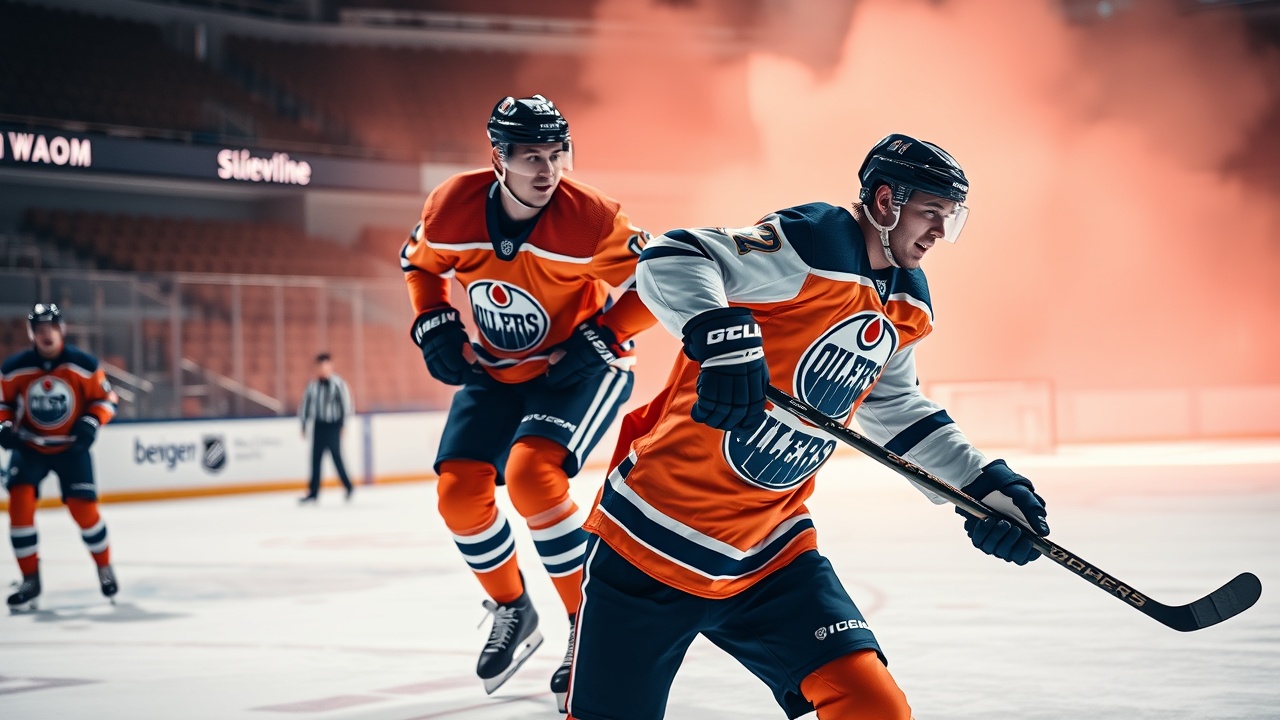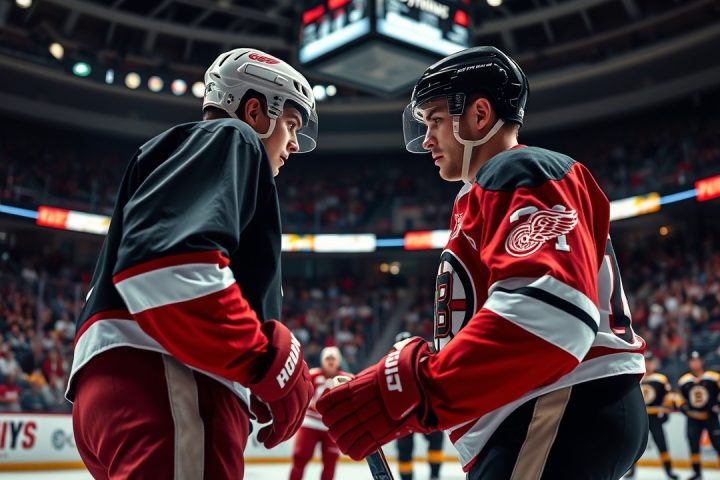NHL Playoff Dynamics
The current NHL landscape indicates a shift towards both goalies sharing the regular season load, yet this strategy falters in the playoff arena where teams typically rely heavily on a primary goaltender. The Edmonton Oilers’ decision to utilize Stuart Skinner in 67% of their playoff games reflects a departure from the norm, largely driven by circumstance rather than preference.
Goalie Performance and Struggles
Skinner showed promise in his initial games against the Dallas Stars, achieving 6.38 goals saved above expected over five encounters; however, he has since struggled against the Florida Panthers, leading to a rotation involving goalie Calvin Pickard. Despite Skinner’s strong start in Game 1, his performance took a downturn in subsequent matches, prompting a switch to Pickard. This change successfully turned the tide in Game 4, resulting in a thrilling overtime win, but the team faltered in Game 5, signaling growing uncertainty ahead of Game 6.
The Oilers’ Goaltending Dilemma
The dilemma facing the Oilers is underscored by the lack of a definitive number-one goalie. Unlike Winnipeg Jets’ Connor Hellebuyck, who is seen as the lynchpin of his team, Skinner’s inconsistency prevents him from attaining that status. Meanwhile, Pickard adds his own layer of unpredictability due to his aggressive style of play. During Game 4, a moment encapsulated that volatility, where Pickard’s overcommitment allowed the Panthers to capitalize on a scoring opportunity that could have been avoided.
Challenges Against the Panthers
As the playoffs progress, teams dig deeper into their opponent’s strategies. While Edmonton aims to exploit Sergei Bobrovsky’s vulnerabilities, both Skinner and Pickard’s weaknesses are becoming apparent to the Panthers, complicating the Oilers’ game plan. The Panthers, boasting a formidable offense, a solid defense, and a goaltender capable of making game-changing plays, find themselves in a strong position as they aim for a third consecutive trip to the Stanley Cup Final. In contrast, the Oilers struggle to maintain a consistent balance across all three critical areas of the game. Their offensive brilliance relies heavily on stars like Connor McDavid and Leon Draisaitl, yet lapses in defensive performance led to embarrassing results, such as the blowout they suffered in Game 5. Conversely, Florida’s relentless forechecking and physical play serve to wear down opponents, exemplified by their dominance in shot attempts during that same match.
Individual Performances Impacting Outcomes
Individual stellar performances, such as Brad Marchand’s two goals in Game 5, further amplify the Panthers’ threat. Marchand’s postseason success is evident; with 20 points in 22 games and dominating expected goal metrics, he is proving invaluable to his team’s success. His adaptation within Florida’s line-up signifies the importance of fit in player acquisitions.
Looking Ahead
As the Oilers face elimination next, they must assert themselves in crucial areas and minimize the Panthers’ offensive opportunities. Concurrently, the broader NHL landscape sees other franchises like the New York Rangers adjusting their strategies following significant coaching changes, while conversations surrounding potential trades of top draft picks raise eyebrows across the league. The NHL’s shifting dynamics, impacted by playoff success, coaching strategies, and the allure of playing in tax-favorable markets such as Florida, continue to influence team compositions and player decisions.
Conclusion
In essence, the Oilers need to harness their strengths and adapt quickly if they wish to survive the series, while the Panthers capitalize on their imposing lineup and define what makes a championship contender. The race to the Cup highlights both the intensity of playoff hockey and the intricate web of strategy, player development, and market factors at play in the league today.




